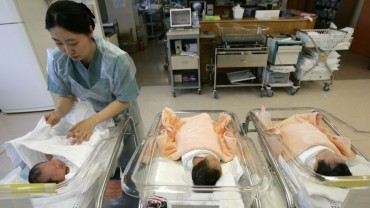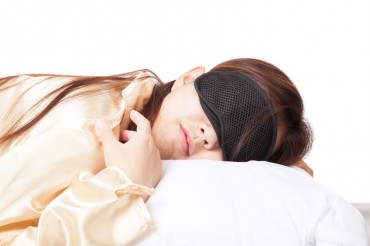
The team found that the last group of respondents were almost twice as likely to have an irregular menstrual cycle compared to the first, while the chances were 1.37 times higher for the second group compared to the first. (image: KobizMedia/ Korea Bizwire)
SEOUL, March 13 (Korea Bizwire) – A study by researchers at Chung-Ang University’s Red Cross College of Nursing has revealed that paying attention to nutrition information on food products could noticeably reduce risks of irregular menstrual cycles in women.
The study was based on 4,324 women aged from 19 to 54 who took part in a national health and nutrition survey between 2010 and 2012.
According to the researchers, 46.4 percent of the respondents said they read nutrition information when purchasing food products, while 44.9 percent did not, and 8.7 percent were not aware of the existence of labels whatsoever.
The team found that the last group of respondents were almost twice as likely to have an irregular menstrual cycle compared to the first, while the chances were 1.37 times higher for the second group compared to the first.
Officials said a woman’s menstrual cycle is an important indicator of health and reproductive capacity, and inconsistency is often identified as one of the factors causing endocrine disorders such as hormonal imbalances.
Furthermore, the team also revealed that younger women with higher educational attainment tend to pay more attention to nutritional information labels, noting that respondents in the first group were youngest, with an average age of 34.7, compared to 36.1 for the second group and 38.6 for the third group.
The percentage of respondents who had received 13 or more years of education was 49.1 percent for the first group, dropping to 41.4 percent for the second and 22.5 percent for the third.
The full findings of the study were published in the latest edition of the Journal of Korean Academy of Nursing.
By Lina Jang (linajang@koreabizwire.com)






